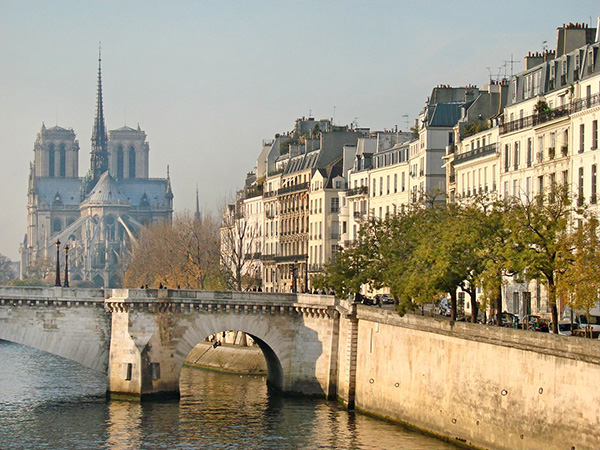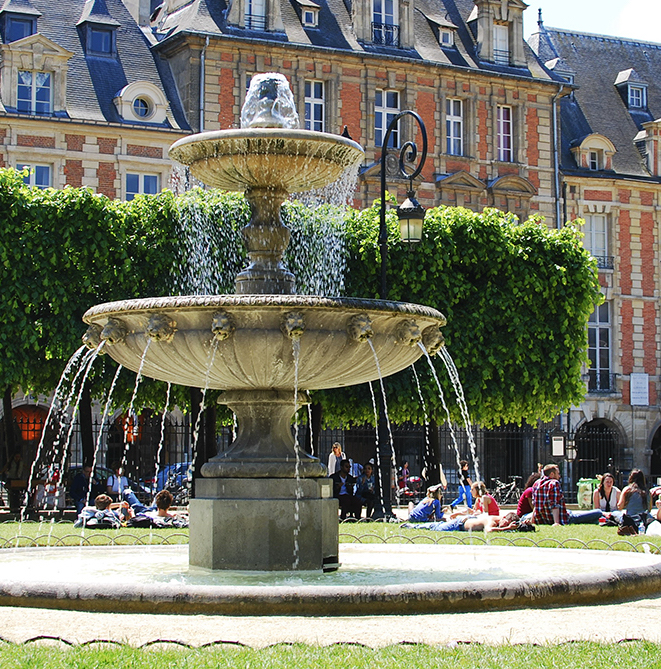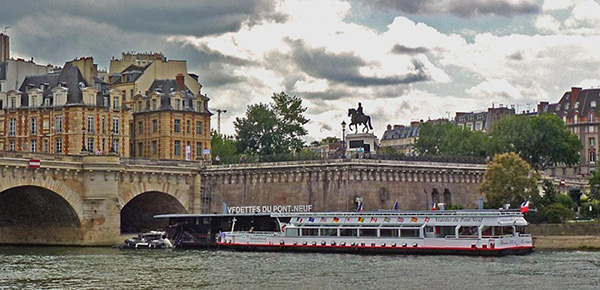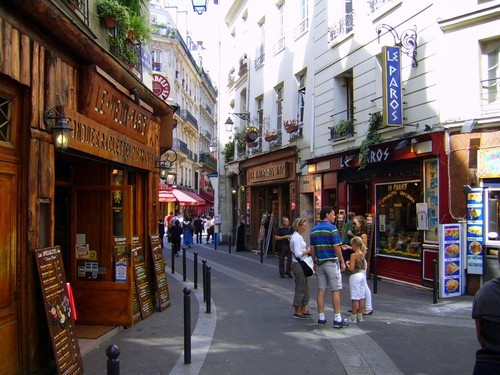Tour of Paris in the Early Modern Era (1500-1789)
Background Material to Prepare for Your Part of the Tour
Background Readings
Chronology of Developments in Early Modern Paris
The Recreation of Paris in the 17th and 18th Centuries (Joan DeJean, How Paris Became Paris: The Invention of the Modern City (New York: Bloomsbury,2014), pp.6-7)
The Beginning of Central Planning in Paris ((Joan DeJean, How Paris Became Paris: The Invention of the Modern City (New York: Bloomsbury,2014), pp.9-11.
A: Pont Neuf
|
There was more interesting material about the Pont Neuf than you will probably be able to assimilate. But I am including the readings below in case you want a little more. Politics, Culture, and Commerce on the Pont Neuf [DeJean, How Paris Became Paris, pp.26-30.] Henri IV and the Pont Neuf [Joan DeJean, How Paris Became Paris, p.23 and James H.S. McGregor, Paris from the Ground Up (Cambridge, Mass.: Harvard University Press, 2009, pp.166-167.] |
|
Between C (Square René Viviani) and D (the ancient Roman Baths)
|
G: Île Saint-Louis
|
 |
 |
I: The Place de Vosges
|
Animation of Paris Across the Centuries
Click here for an presentation of the development of Paris. Animators have imagined what Parislooked like at various periods and created a 13-minute video that allows you to fly through the city in each era. It was, of course, necessary to make guesses about what things must have looked like at various periods, but it is fascinating to get a general idea of how the city has changed visually over more than 2000 years. Only the section that begins with views of the Louvre in 1650 about 8:44 in the videos is specifically relevant to the period that you are focusing on , but you may also want to look at the entire video to see how the city changed over more than 2000 years.

